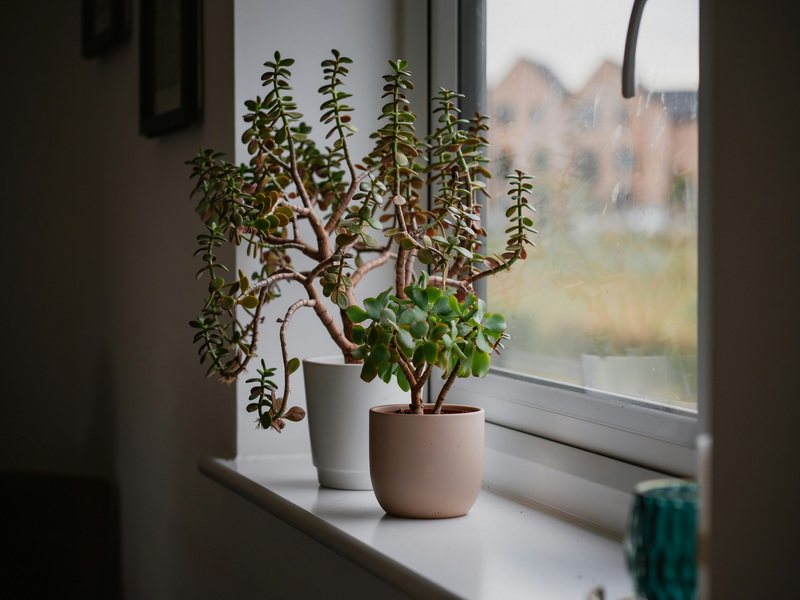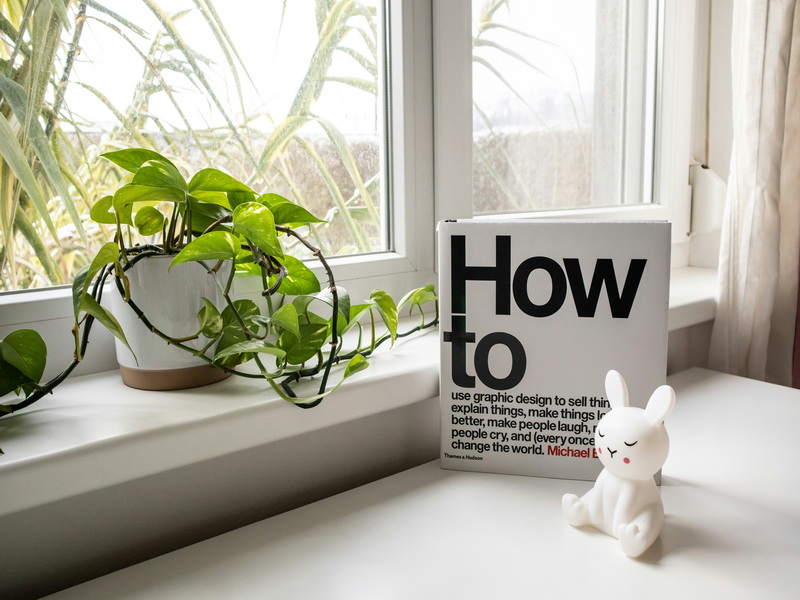English 




Views: 222 Author: Astin Publish Time: 2025-02-25 Origin: Site



Content Menu
● Introduction to Painting Aluminum Windows
● Tips for a Professional Finish
● Common Challenges and Solutions
>> 1. What type of primer should I use on aluminum windows?
>> 2. How do I remove wall paint from aluminum window frames without damaging them?
>> 3. What is the best method for applying paint to aluminum windows?
>> 4. How long should I wait for the paint to cure before using the windows?
>> 5. Can I use regular house paint on aluminum windows?
Painting over aluminum windows can be a cost-effective and efficient way to refresh the appearance of your home's exterior. However, it requires careful preparation and the right techniques to ensure a durable and visually appealing finish. In this article, we will guide you through the process of painting aluminum windows, including preparation, application, and finishing touches.

Aluminum windows are popular due to their durability and resistance to corrosion. However, over time, they can fade or become discolored, which may not match the current aesthetic of your home. Painting these windows can revitalize their appearance and enhance the overall look of your property. It's also a great way to protect the aluminum from further weathering and extend its lifespan.
Before you start painting, it's crucial to prepare the surface properly. Here are the steps to follow:
1. Clean the Frames: Use a wire brush attachment on a drill to remove any flaking paint, dirt, or grime. Wear protective gear like safety glasses and gloves to avoid injury. This step is essential for creating a smooth surface for painting.
2. Sand the Surface: Fine sand the entire surface to smooth out any rough spots. If there are areas with bubbling or corrosion, use a 120-grit sandpaper to flatten them, followed by a 240-grit for a smoother finish. Sanding helps remove imperfections and ensures better paint adhesion.
3. Clean with Solvents: Use acetone or a similar solvent to wipe down the frames, removing any remaining dust or oils. This helps ensure better adhesion of the primer. Always test the solvent in an inconspicuous area first to ensure it doesn't damage the aluminum.
4. Mask Surrounding Areas: Use Scotch tape or painter's tape to mask off the glass and any surrounding surfaces you don't want to paint. Apply masking paper or newspaper to protect larger areas. Make sure the tape is pressed firmly to prevent paint seepage.
5. Check for Rust or Corrosion: If you notice any rust or corrosion, treat these areas with a rust converter before proceeding. This step is crucial for preventing further damage and ensuring a durable paint job.
Once your aluminum windows are prepared, you can proceed with painting:
1. Apply Etch Primer: Spray a coat of etch primer over the entire frame. This primer is essential for creating a strong bond between the aluminum and the paint. Allow it to dry according to the manufacturer's instructions. Etch primer is specifically designed for metal surfaces and helps prevent flaking.
2. Apply Topcoat: Use a high-quality aluminum paint in your desired finish (glossy, satin, etc.). Apply two to three thin coats, allowing each coat to dry completely before applying the next. This ensures a smooth, even finish. Thin coats also reduce the risk of drips and unevenness.
3. Remove Masking: After the final coat is dry, carefully remove the masking tape and paper. If any paint has gotten onto the glass, use a scraper or razor blade to remove it, ensuring a watertight seal. Be cautious not to scratch the glass.

- Use the Right Tools: For a smoother finish, consider using a spray gun or a short-napped roller. If using a brush, choose a high-quality angled brush for precision. This helps you reach into corners and edges effectively.
- Work in Thin Coats: Thin coats dry faster and provide a harder finish than thick ones. They also reduce the risk of drips and unevenness, which can be difficult to correct.
- Allow Time to Cure: Give the paint a couple of weeks to fully cure before using the windows extensively to prevent scratches. This ensures the paint adheres well to the aluminum and lasts longer.
- Consider the Weather: Paint in favorable weather conditions—avoid painting in direct sunlight, high humidity, or during rain. These conditions can affect the drying process and the final finish.
- Removing Old Paint: If there's old paint flaking off, use a scraper to remove it before sanding. Be gentle to avoid scratching the aluminum surface.
- Dealing with Corrosion: Sand corroded areas thoroughly and apply etch primer to seal them. If the corrosion is severe, consider consulting a professional for repair before painting.
- Painting Over Anodized Aluminum: Anodized aluminum can be more challenging to paint. Ensure you use a primer specifically designed for anodized surfaces, and test a small area first to ensure adhesion.
- Color Selection: Choose a color that complements your home's exterior. Consider factors like the color of your siding, trim, and roof when selecting a paint color.
- Environmental Impact: Some paints contain VOCs (volatile organic compounds), which can harm the environment. Opt for eco-friendly paints whenever possible to minimize your environmental footprint.
- Maintenance: Regularly inspect your painted windows for signs of wear or damage. Touch up any scratches promptly to prevent rust from forming.
Painting aluminum windows can be a rewarding DIY project that enhances the appearance of your home. By following the preparation and painting steps outlined above, you can achieve a professional-looking finish. Remember, patience and attention to detail are key to a successful outcome. Always ensure you have the right materials and follow safety guidelines to protect yourself and your property.

Use an etch primer specifically designed for metal surfaces. This type of primer helps create a strong bond between the aluminum and the paint, ensuring durability and adhesion.
Apply a solvent like acetone to the affected area using a soft cloth. Gently rub the paint off, and test the solvent in an inconspicuous area first to ensure it doesn't damage the underlying finish.
For a smooth finish, using a spray gun is recommended. However, if you prefer a brush, choose a high-quality angled brush and apply thin coats, allowing each to dry before adding the next.
Allow the paint at least two weeks to fully cure and harden. This helps prevent scratches and ensures the paint adheres well to the aluminum.
No, it's best to use specialized aluminum paint that is formulated for metal surfaces. Regular house paint may not adhere well or provide the necessary durability for outdoor exposure.
[1] https://www.reddit.com/r/AusRenovation/comments/14fzx9k/how_can_i_paint_these_existing_brown_aluminium/
[2] https://blog.csdn.net/weixin_41144183/article/details/140861020
[3] https://www.wideline.com.au/how-to-paint-and-clean-aluminium-window-frames/
[4] https://www.163.com/dy/article/IMDSFAO20556643W.html
[5] https://www.thepaintshed.com/tips-advice/how-to-paint-aluminium-window-frames
[6] https://www.cambridgeinternational.org/Images/520575-june-2022-examiner-report.pdf
[7] https://www.youtube.com/watch?v=KdanPL9bamg
[8] https://www.sohu.com/a/243591364_642305
[9] https://www.oakbankreno.com.au/blog/paintingaluminiumwindows
[10] https://www.workshop.bunnings.com.au/t5/Best-Advice/What-is-the-best-way-to-paint-aluminium-windows/ta-p/81622
Top Aluminum Furnitures Manufacturers and Suppliers in Czech Republic
Top Aluminum Furnitures Manufacturers and Suppliers in Poland
Top Aluminum Furnitures Manufacturers and Suppliers in Belgium
Top Aluminum Furnitures Manufacturers and Suppliers in Finland
Top Aluminum Furnitures Manufacturers and Suppliers in Denmark
Top Aluminum Furnitures Manufacturers and Suppliers in Greece
Top Aluminum Furnitures Manufacturers and Suppliers in Portugal
Top Aluminum Furnitures Manufacturers and Suppliers in Austria
Top Aluminum Furnitures Manufacturers and Suppliers in Norway
Top Aluminum Furnitures Manufacturers and Suppliers in Sweden
